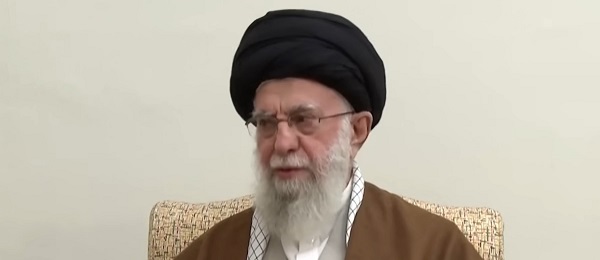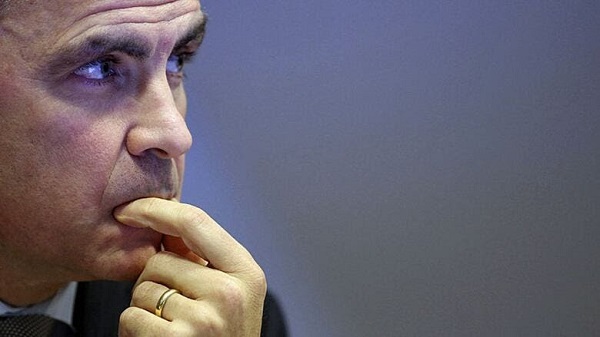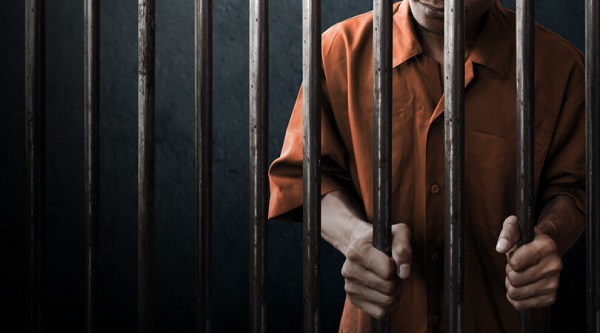Alberta
Close contact businesses to be closed – Gatherings no larger than 15 people – Protection for renters

From the Province of Alberta COVID-19 Update – March 27
Additional restrictions to stop spread of COVID-19
To protect the health and safety of Albertans, mass gatherings will be limited to 15 people and more restrictions will be placed on available services.
As a result of the evolving COVID-19 pandemic, attendance at certain businesses and organizations across the province will be prohibited effective immediately.
“This was a difficult decision to make, but we must do everything we can to protect the safety of Albertans and limit the spread of COVID-19. Grocery stores, pharmacies, delivery services and other essential businesses will continue to provide Albertans with the goods and services they need, and we’ll look to Alberta’s business leaders to find innovate ways to continue remote operations and protect jobs. These businesses must do everything they can to safeguard the well-being of the hardworking employees on the front lines.”
Restrictions will be in place for the following classifications of business:
- Close contact businesses including hair salons and barbershops, tattoo and piercing studios, esthetic services, as well as wellness studios and clinics and non-emergency and non-critical health services provided by regulated health professionals or registered professionals including dentistry, physiotherapy, massage, podiatry, chiropractic and optometry services.
- Dine-in restaurants will no longer be able to offer dine-in service. Take-out and delivery services will continue to be available.
- Non-essential retail services that fall into the categories of clothing, computer and gaming stores, and services in shopping malls and shopping centres such as hobby and toys, gift and specialty items and furniture.
A more complete list of affected businesses is available online.
In addition, people are prohibited from attending gatherings of more than 15, and they must observe two metres of social distancing. This includes:
- open spaces such as trails, fields and parks
- public and private gatherings where people are brought together in a single room or space at the same time, including funerals, weddings and other formal and informal events
Further details on gathering restrictions are available online.
Workplaces that have not been ordered to close can continue to have more than 15 workers on a worksite as long as those business maintain public health measures, including two metre social distancing, hygiene enforcement and processes that ensure that any person who is ill does not attend these spaces.
“These are aggressive measures and we don’t take them lightly. We need to do everything we can to flatten the curve and keep people healthy. I strongly encourage all Albertans to stay close to home as we are all in this together. Our collective action will protect our family, friends and neighbours.”
Any business or organization not following the public health order will be subject to a fine. Courts have the power to administer fines of up to $100,000 for a first offence and up to $500,000 for a subsequent offence for more serious violations. Individuals aware of any businesses violating these orders should submit a complaint online immediately.
Quick facts
- All Albertans have a responsibility to help prevent the spread. Take steps to protect yourself and others:
- practise social distancing
- stay home and away from others if sick or in isolation
- practise good hygiene – wash hands often for at least 20 seconds, cover coughs and sneezes, and avoid touching your face
- monitor for symptoms, such as cough, fever, fatigue or difficulty breathing
- Anyone who has health concerns or is experiencing symptoms of COVID-19 should complete an online COVID-19 self-assessment.
- For recommendations on protecting yourself and your community, visit alberta.ca/COVID19.
Increased security for Alberta rentersThe Government of Alberta is providing security for Alberta residential renters during the COVID-19 pandemic.This is part of an overall $7.7-billion package in direct supports and deferrals designed to relieve the immediate financial burden brought on by the crisis and provide stability during these unprecedented and uncertain times. The new protections mean:
Payment plans and eviction processWhile Alberta is in a state of public health emergency, landlords must attempt to work out a payment plan with tenants who are unable to make their full rent when payment is due. The Residential Tenancy Dispute Resolution Service (RTDRS) will not hear applications that could lead to eviction due to non-payment unless a reasonable attempt has been made to work out a payment plan. Rental increasesUntil the state of public health emergency has been lifted, landlords cannot raise the rent on residential properties or mobile home sites, even if notice of an increase has already been given. Late feesUntil June 30, landlords cannot further penalize tenants who are late on rent by charging late fees, even if the signed rental agreement states that a late fee can be applied. Landlords will also not be able to retroactively collect late fees for this period.
Quick facts
Alberta has a comprehensive response to COVID-19 including measures to enhance social distancing, screening and testing. Financial supports are helping Alberta families and businesses. |
Notes from Flight 163, the oilsands shuttle from Toronto to Edmonton
Alberta
Alberta government records $8.3 billion surplus—but the good times may soon end
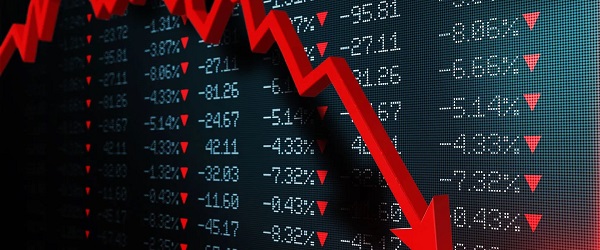
From the Fraser Institute
By Tegan Hill
According to last week’s fiscal update, the Smith government recorded a $8.3 billion surplus in 2024/25—$8 billion more than what the government projected in its original 2024 budget. But the good times won’t last forever.
Due largely to population growth, personal income tax revenue exceeded budget projections by $500 million. Business tax revenue exceeded budget expectations by $1.1 billion. And critically, thanks to relatively strong oil prices, resource revenue (e.g. oil and gas royalties) saw a $4.7 billion jump.
The large budget surplus is good news, particularly as it will be used to pay down government debt (which taxpayers must ultimately finance) and to invest for the future. But again, the good times could soon be over.
Recall, the Alberta government incurred a $17.0 billion budget deficit just a few years ago in 2020/21. And it wasn’t only due to COVID—until the recent string of surpluses, the government ran deficits almost every year since 2008/09, racking up significant amounts of debt, which still largely persists today. As a result, provincial government debt interest payments cost each Albertan $658 in 2024/25. Moreover, in February’s budget, the Smith government projected more deficits over the next three years.
Generally, Alberta’s fiscal fortunes follow the price of oil. Over the past decade, for example, resource revenue has been as low as $2.8 billion in 2015/16, while oil prices slumped to $US45.00 per barrel, and as high as $25.2 billion in 2022/23, when oil prices jumped to $US89.69 per barrel.
Put simply, resource revenue volatility fuels Alberta’s boom-and-bust cycle. In 2025/26, the West Texas Intermediate oil price will be a projected $US68.00 per barrel with projected resource revenue falling by $4.9 billion year-over-year.
But oil prices don’t need to dictate Alberta’s fiscal fortune. Indeed, if the Smith government restrains its spending, it can avoid deficits even when resource revenues fall.
There are plenty of ways to rein in spending. For instance, the government spends billions of dollars in subsidies (a.k.a. corporate welfare) to select industries and businesses in Alberta every year despite a significant body of research that shows these subsidies fail to generate widespread economic benefit. Eliminating these subsidies is a clear first step to deliver significant savings.
The budget surplus is undoubtedly positive for Albertans, but the good times could soon come to an end. To avoid deficits and debt accumulation moving forward, the Smith government should rein in spending.
Alberta
Alberta Provincial Police – New chief of Independent Agency Police Service
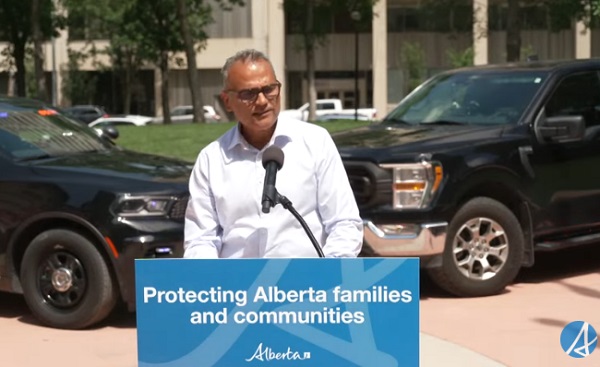
Sat Parhar has been appointed as the first chief of the Independent Agency Police Service, marking the next step toward a new municipal policing option.
The appointment of a new chief for the Independent Agency Police Service (IAPS) marks the next step in giving municipalities a new option for local policing and builds on the work already underway for the agency to assume the police-like duties currently carried out by the Alberta Sheriffs. The IAPS will empower municipalities to adopt strategies that effectively respond to their specific safety concerns, enhancing public safety across the province.
Chief Parhar brings more than 25 years of policing experience, including senior roles with the Calgary Police Service, most recently as deputy chief. His frontline policing experience and deep understanding of Alberta’s complex and diverse public safety landscape positions him to lead the agency as it takes shape and begins its work as a new municipal policing option, keeping communities safe.
Once operational, the agency will strengthen Alberta’s existing policing model and complement the province’s current police services, which includes the RCMP, Indigenous policing services and municipal police. It will help fill gaps and ensure law enforcement resources are deployed efficiently to meet Alberta’s evolving public safety needs and improve law enforcement response times, particularly in rural communities.
“Appointing Chief Sat Parhar is a key milestone in Alberta’s plan to give municipalities a real choice in how their communities are kept safe. This is about building a modern police service that reflects the priorities of Albertans, strengthens local decision-making, and ensures every corner of our province, especially rural areas, can count on responsive, effective law enforcement. With his decades of experience and deep understanding of Alberta’s policing landscape, he is the right leader to bring this vision to life.”
“This appointment signifies a significant step forward in our efforts to establish a more robust, community-focused policing model that is better equipped to meet the unique needs of our local residents. Under Chief Parhar’s visionary leadership, we are confident that we will develop a modern, efficient police service that not only enhances public safety but also aligns closely with the priorities and values of Albertans. His experience and commitment are vital in shaping an IAPS that is responsive, transparent, and dedicated to fostering trust and collaboration within the community, ultimately ensuring a safer and more connected society for all.”
Chief Parhar’s immediate priorities will be to hire an executive team and commence organizational planning such as developing key recruitment, training and other operational policies. Chief Parhar’s appointment is the first step of many to establishing the IAPS.
“It’s an honour to take on this role and help shape a modern police service built for Alberta. My focus from day one will be on setting high standards for professionalism, building strong relationships with our partners and ensuring this service reflects the needs and priorities of the communities we serve.”
The Independent Agency Police Service was formally created through regulation following the passing of Public Safety Statutes Amendment Act, 2024. The agency will operate as an independent Crown corporation, and will be renamed the Alberta Sheriffs Police Service, with its head office located in Calgary. The IAPS will be operationally independent from the provincial government with civilian oversight, consistent with all police services in Alberta.
“When it comes to policing, municipalities like ours deserve a choice – especially when the current system leaves us disadvantaged simply because of our size. We look forward to learning more about what that alternative will look like once an Alberta police agency is fully established and the options are clear. For us, this is about fairness, sustainability, and ensuring municipalities have access to policing solutions that reflect both their needs and their realities.”
Quick facts
- The regulation establishes the IAPS Provincial Corporation and its governance structure including board of directors, board of director powers, financial responsibilities and accountabilities.
Related news
- Expanding municipal police service options (April 7, 2024)
-
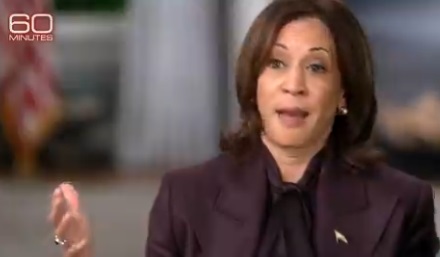
 International2 days ago
International2 days agoCBS settles with Trump over doctored 60 Minutes Harris interview
-

 Business1 day ago
Business1 day agoWhy it’s time to repeal the oil tanker ban on B.C.’s north coast
-

 Crime1 day ago
Crime1 day agoBryan Kohberger avoids death penalty in brutal killing of four Idaho students
-
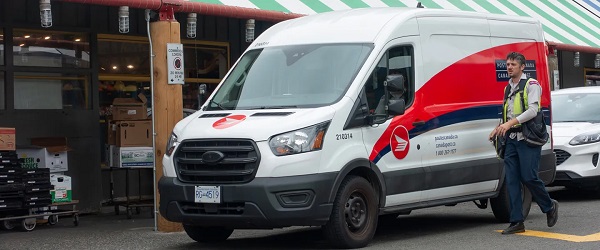
 Business1 day ago
Business1 day agoLatest shakedown attempt by Canada Post underscores need for privatization
-
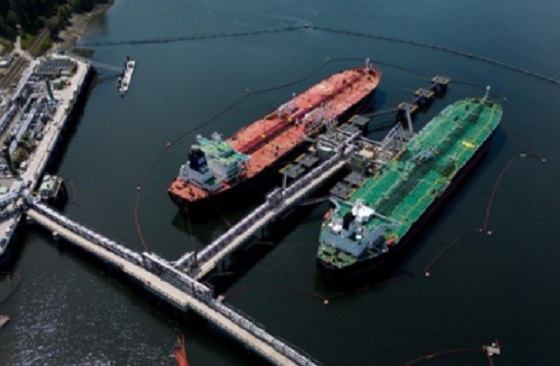
 Energy1 day ago
Energy1 day agoIf Canada Wants to be the World’s Energy Partner, We Need to Act Like It
-
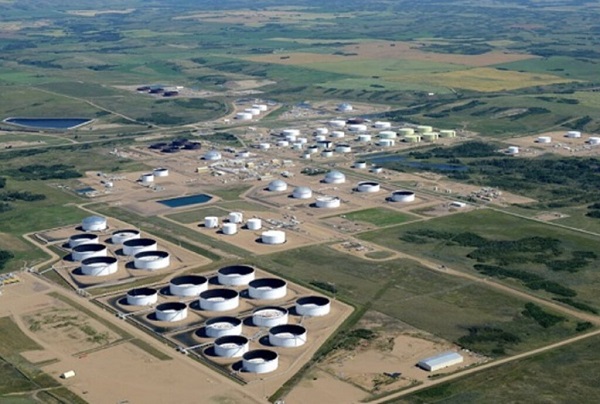
 Alberta1 day ago
Alberta1 day agoPierre Poilievre – Per Capita, Hardisty, Alberta Is the Most Important Little Town In Canada
-

 MxM News1 day ago
MxM News1 day agoUPenn strips Lia Thomas of women’s swimming titles after Title IX investigation
-

 Aristotle Foundation2 days ago
Aristotle Foundation2 days agoHow Vimy Ridge Shaped Canada


